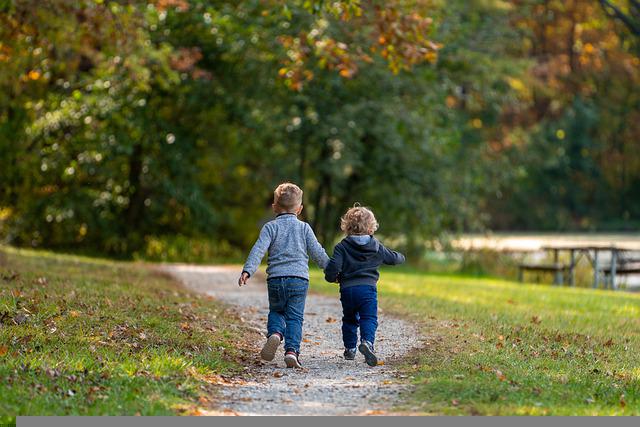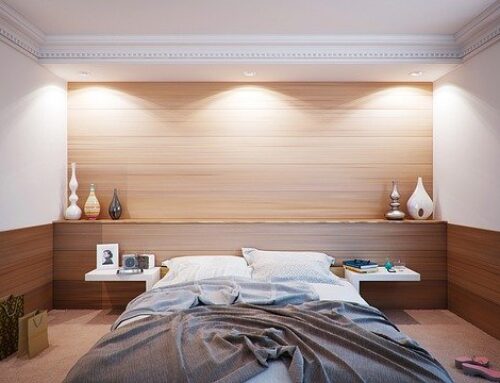Obstructive sleep apnea (OSA) is a sleep-related breathing disorder and is one component of a spectrum of sleep disordered breathing. OSA occurs when the muscles relax after you fall asleep, which leads to the collapse of the soft tissue in the back of the throat. In turn, the airway is blocked leading to partial reductions in breathing.
In children, these obstructions appear to occur during the stage of rapid eye movement, or REM, sleep. Even brief apneas can cause a child to have low levels of oxygen in the blood and can occur quickly in a child with OSA. Let’s take a closer look.
What sleep apnea looks like in children
Because children have smaller lungs, they have less oxygen in reserve. This causes children to take frequent, shallow breaths rather than slow, deep breaths. When this occurs, it can also cause a child to have too much carbon dioxide in the blood.
As an adult with OSA, you may have fragmented sleep, briefly waking up after breathing stops. However, children do not wake up in response to pauses in breathing. They have a higher “arousal threshold” than adults, making their sleeping patterns fairly normal with OSA.
Sleep apnea’s negative impact on children
Most children with sleep apnea have a history of snoring that tends to be loud and may include obvious pauses in breathing and gasps for breath. Snoring can also involve a continuous, partial obstruction without any obvious pauses or arousals, but the child’s body may move in response to the pauses in breathing. Additionally, if your child suffers from sleep apnea he/she may experience cognitive and behavioral problems including:
- Aggressive behavior.
- Attention-deficit hyperactivity disorder.
- Delays in development.
- Poor school performance.
Contact Craniofacial Pain & Dental Sleep Medicine Center of Georgia for more information on child sleep apnea.






